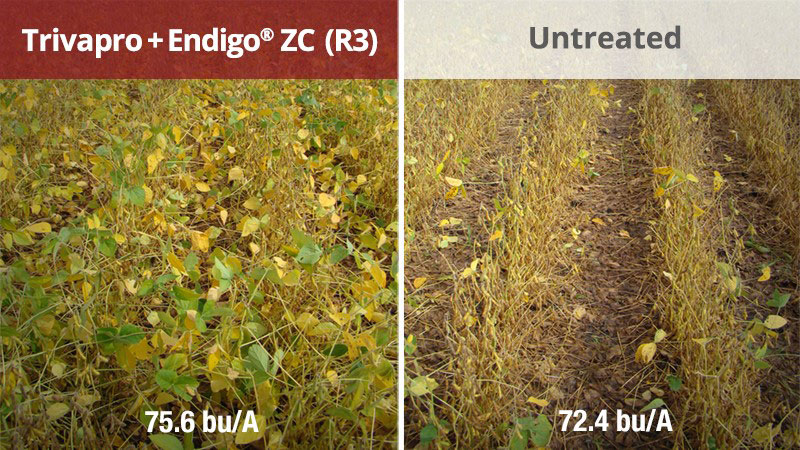Latest OACI Report Gauges Impact of Farm-Level Water Quality Efforts
The Ohio Agriculture Conservation Initiative (OACI) rolled out the findings of its 2023 Assessment Survey Report on practices being used by farmers in the Sandusky watershed to manage water and nutrients. The assessment results show ample conservation efforts, as well as areas for improvement and continued farmer education and resourcing by OACI.
“The numbers were, overall, much stronger than I thought they were going to be and I’m really hopeful that after H2Ohio is factored into these assessments in the future that those figures will be even bigger,” said Kris Swartz, Wood County farmer and Chair of the Ohio Agriculture Conservation Initiative. “The amount of producers embracing technology and using grid sampling and variable rate applications stood out to me and paints a bright picture for the future of this watershed.”
The survey results establish a baseline of adoption for various farming practices in the Sandusky watershed. The information will allow for a more targeted approach to help increase some practices, while also displaying that some practices are already adopted at an adequate level.
“The assessment survey allows us to understand which conservation practices are being adopted and some background on the decisions being made by farmers,” said Dr. John Fulton, Professor and Extension Specialist, College of Food, Agricultural, and Environmental Sciences at The Ohio State University.
“Many times when we do surveys like this it’s easy to focus on what lifts up the farmer and shows what they are doing well, but this assessment didn’t leave much doubt about what farmers in this part of the state are doing for water quality,” said Jordan Hoewischer, Director of Water Quality and Research with Ohio Farm Bureau. “If I was a farmer or a soil and water technician I would be pretty proud of the progress that’s been made in this watershed.”
You can watch OACI’s Sandusky Watershed Report Webinar here, and you can listen to a podcast on the report here.
The survey assessed cost share program enrollment, acres farmed and ownership status, tillage, nutrient applications and other nutrient management strategies, and water management practices.
Key findings from survey include:
- Approximately 57% of the fields surveyed were currently enrolled in a cost share conservation program, including both state and federal level programs.
- Most farmers were testing their soil adequately, with 92% of the fields surveyed being sampled every 4 years. The vast majority of soil samples (85%) were being done using precision agriculture, via grid or zone methods.
- 62% of fields surveyed had phosphorus applied using variable-rate technology (VRT); 21% of fields had nitrogen applied using VRT.
- 55% of the fields were either no tilled or minimally tilled.
- 59% of the farmland assessed was owned by the farmer and 41% was in a lease.
- Farmers know their land, as 92% of the fields had been managed by the farmer for 3 years or longer.
- Farmers utilized fertilizer retailers and crop consultants for 87% of fields surveyed.
- Commercial fertilizer is the majority nutrient source (80%) used in this region, followed by manure (14%).
This assessment survey is the second in what is an ongoing program by OACI, conducting survey assessments of watersheds around the state and re-surveying each previously surveyed watershed every few years. The first survey assessed the Lower Maumee watershed.
The assessment survey was conducted by OACI through a randomized sampling of 433 crop production fields within the HUC8 Sandusky watershed. A statistical approach was implemented to determine what practices are being used by farmers within this watershed to manage water and nutrients. In the field survey process, all the cropped fields within the watershed were considered in the randomized selection process regardless of farm and field size. This survey was completed prior to the implementation of H2Ohio practices. A trained Soil and Water Conservation District employee interviewed the landowner or farm manager for each field surveyed. The Ohio State University and the Center for Survey Statistics and Methodology at Iowa State University helped in designing the sampling strategy and data analysis.





